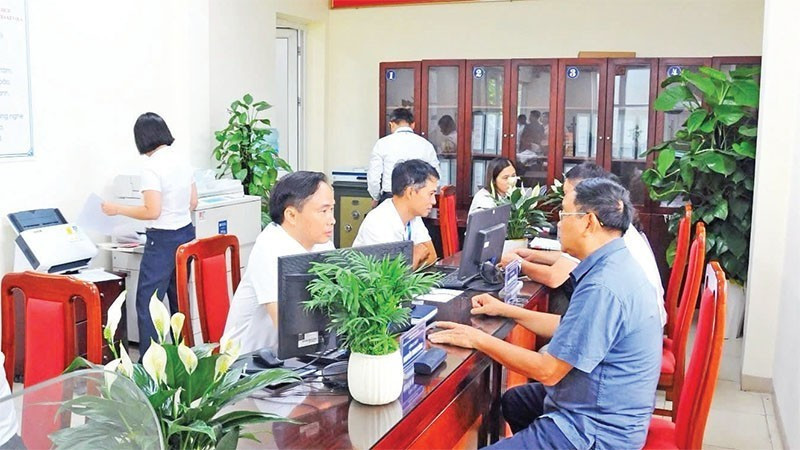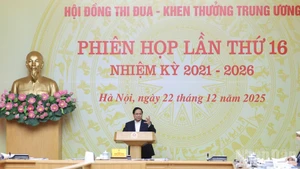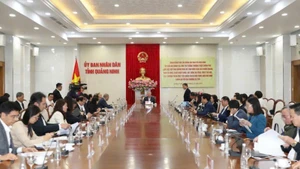Under the scheme to reorganise administrative units and build a two-level local government model, Viet Nam will see a large number of officials and civil servants losing their jobs or being transferred to other positions following the merger of provinces and centrally-government cities and the abolition of the district-level administrative units.
Redundant state workers are facing numerous challenges but are also presented with new employment opportunities.
In adapting to the new situation, those in the working age and young officials can learn a new trade and find an appropriate job to stabilise their lives. Officials who used to serve in government agencies can tap into their management experience, organisation skills, and understanding of policies to look for a new job or start their own businesses.
Non-specialised servants at the grass-roots levels who are passionate and understand their locales clearly will have an advantage in developing production and doing business.
In recent years, socio-economic development in central and Central Highlands region have seen strong growth. Many effective economic and production linkage models have been replicated. In many provinces and cities, especially in coastal and mountainous areas, there remains significant room and potential for startups.
The central coastal region is particular important geographically, serving as a bridge between the northern and southern parts of the country, and has great potential in developing the marine economy. With distinctive cultural heritage and stunning beaches, many localities have potential for the diversification of tourism products, opening a new path for economic development.
In the Central and Central Highlands regions, there is plenty of room in terms of policy and resources for young people to start their own businesses. Many central policies on economic development, the ethnic minority community, startups, lending, and One Commune One Product (OCOP) communes will be a lever for people with strong will and determination to innovate.
To promote the valuable workforce comprising redundant officials and those who left the public sector in the post-reorganisation period, ministries and localities need to take various synchronous measures to support the creation of new jobs from existing policies and resources.
Policies and action programmes to encourage the creation of jobs and startups based on the specific potential of each locality should be promptly stepped up and implemented.
When the reorganisation of administrative units is completed and the model of two-level local government comes into effect, localities need to quickly implement synchronous measures to support redundant officials.
More than ever, redundant workers need to proactively change their thinking to adapt and find a new path from the existing policies and resources at the grass-roots level, thereby creating positive waves to promote stable and sustainable development.
















